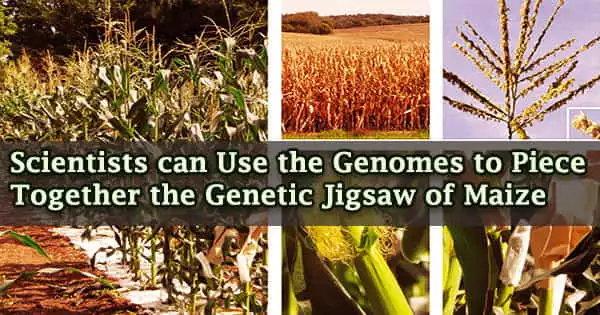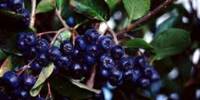The newly sequenced genomes of 26 distinct genetic lines of corn demonstrate the crop’s vast genetic variety and may pave the way for a deeper understanding of what genetic processes are responsible for agricultural characteristics that farmers value.
The 26 genomes were mapped in a research published in the journal Science, and Matthew Hufford, the study’s first author and an associate professor of ecology, evolution, and organismal biology at Iowa State University said the genomes will help scientists solve the mystery of corn genetics. Plant scientists can better pick genes that will lead to improved crop yields or stress tolerance using these new genomes as references.
“It’s allowing you to get a much more precise understanding of what’s driving variation of traits,” Hufford said. “If a breeder truly wants to select for the appropriate variation to generate a characteristic they care about, but only has a hazy understanding of the genetic origins of that trait’s variation, they’re operating with their hands tied behind their backs. As a result, we’re providing them with a lot more information.”
Scientists all across the world are working to preserve genetic variety by saving seeds (and, in some cases, DNA and/or entire plants) for future use. These are known as germplasm banks or gene banks. Farmers and plant breeders can ask for seeds of plants they want to grow. The National Plant Germplasm System, for example, is maintained by the United States Department of Agriculture, while the Consultative Group on International Agricultural Research maintains facilities across the world.
The genetic line known as B73, created at Iowa State, was the first maize genome to be mapped. The genome was assembled in 2009 by Patrick Schnable, head of the ISU Plant Sciences Institute, and Doreen Ware, adjunct professor at Cold Spring Harbor Laboratory and USDA research scientist.
Since then, B73 has functioned as the major reference genome for maize, with a few other genome assemblies just recently becoming accessible. That implies scientists only have a rudimentary grasp of genetic sequences in corn genomes other than B73.
“While the first genome was invaluable, providing an initial parts list and partial wiring diagram, we knew it was not complete,” Ware said. “Understanding the genetic architecture underpinning essential agricultural characteristics necessitated the development of additional genome references.”
The 26 genomes identified in the new study, on the other hand, cover a wide spectrum of genetic diversity, from popcorn to sweetcorn to field corn, and come from a variety of geographical and environmental circumstances. This gives scientists searching maize genetics for targets that might improve crop performance a lot more data to work with.
Genetic diversity poses a challenge –
According to Hufford, the vast genetic variety found in maize posed significant challenges in the construction of the new genomes. Transposable elements, or patterns that recur throughout the genome, make up 85 percent of the maize genome, according to him.
Hufford compared the transposable components to a jigsaw puzzle with a single color for the vast majority of the pieces. It’s tough to figure out how the pieces go together because of all the repetition.
“If you can’t find a unique color or shape that tells you where to put the puzzle piece, you’re in a world of hurt,” Hufford said. “But if you get slightly larger puzzle pieces with unique features, that simplifies the process.”
According to Hufford, technological improvements gave the researchers with the tools they needed to overcome those obstacles. Longer sequence reads are possible because to new sequencing technology, which means the jigsaw pieces are bigger and more likely to include hints that allow scientists to put them together correctly.
According to Hufford, new technologies may even allow for the creation of a pangenome, or a genetic reference that incorporates all of corn’s variety. He referred to such an attempt as “the next frontier” in this field of study.
The Plant Genome Research Program of the National Science Foundation supported the study. The paper includes a total of 46 authors from Hufford and Jianming Yu’s Labs at Iowa State and several other institutions including MaizeGDB, a USDA-funded genomic database also at Iowa State; lead principal investigator Kelly Dawe’s group at the University of Georgia; co-PI Doreen Ware’s group at USDA; Cold Spring Harbor Laboratory in New York and co-PI Candice Hirsch’s group at the University of Minnesota.
















